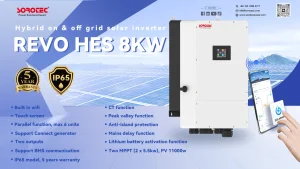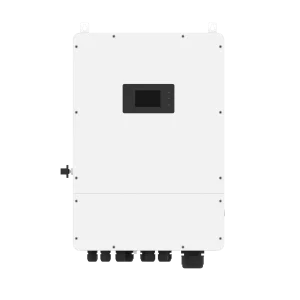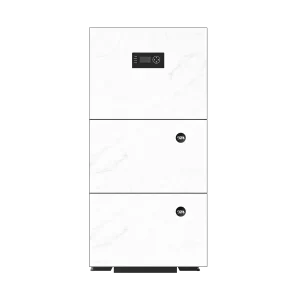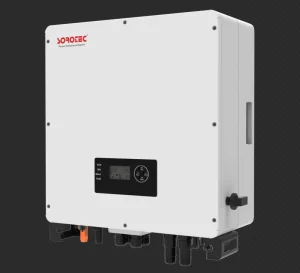Tubular batteries power a lot of our backup systems these days, especially in homes and businesses relying on inverters for steady electricity during outages. At SOROTEC, we’ve been in the power electronics game since 2006, building products like our REVO series inverters and SL battery lines that folks trust worldwide. But no matter how solid the tech, a tubular battery’s life hinges on how you treat it. Skip the basics, and you’re looking at early failures.
Get it right, though, and you could squeeze out 5-8 years or more from models like our SL 24V/48V-T/W. This post dives into practical steps to keep things running smooth, with a nod to keeping that inverter battery voltage steady.
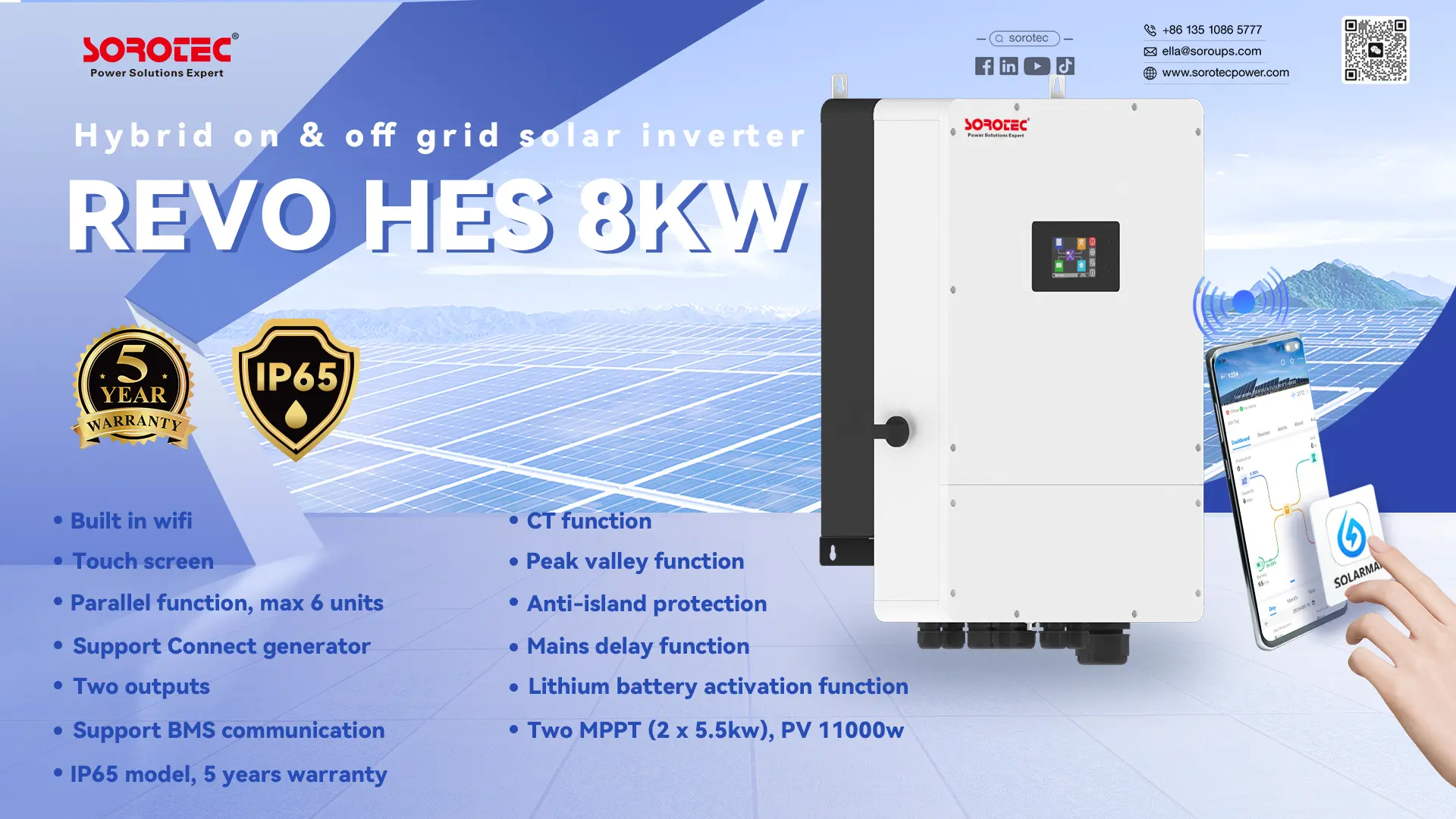
Why is Regular Maintenance Crucial for Tubular Batteries
Think about it: tubular batteries aren’t just plug-and-play. They’re the heart of your inverter setup, storing DC power and feeding it back when the grid goes dark. Without regular check-ups, they wear down fast from heat, over-discharging, or plain neglect. I’ve seen setups where folks ignored this, and their batteries conked out in under three years – not fun when you’re in the middle of a blackout.
Enhanced Battery Longevity
Proper care stretches the life of SOROTEC’s tubular batteries, like those paired with our REVO HESS series. These can hit 5-8 years if you stay on top of things. For example, in a busy warehouse we worked with in Southeast Asia, switching to monthly inspections doubled their battery runtime, cutting downtime during peak seasons.
Stable Inverter Battery Voltage
Keeping voltage consistent matters big time for reliable power. Our REVO VM IV inverters thrive on this, avoiding those annoying flickers. One client in Africa told us how voltage swings wrecked their old setup, but after tuning with our tools, everything stabilized – no more restarts on critical equipment.
Cost Savings
Routine checks mean fewer swaps, plain and simple. With SOROTEC’s SL-RH/S-EU systems, you save bucks long-term. Picture this: a small clinic in India swapped batteries every two years before. After following our tips, they went four years without issues, pocketing thousands in replacement costs. It’s not rocket science, but it adds up.
How Can You Monitor Inverter Battery Voltage Effectively
Voltage drops sneak up on you, turning a reliable system into a headache. Ever had your lights dim during a storm? That’s often voltage talking. Monitoring isn’t hard, especially with modern gear. At SOROTEC, we bake in features to make this easy, so you catch problems early.
Regular Voltage Checks
Grab a multimeter and test levels on SOROTEC’s SL-RH/S-EU batteries monthly. Aim for 12.6-13.8V on a full charge – anything lower, and you’re risking sulfation. We had a factory in Europe that started doing this weekly; caught a faulty cell before it tanked the whole bank.
WiFi Remote Monitoring
Our REVO VM IV PRO-T comes with built-in WiFi for checking voltage from your phone. No more climbing ladders or pulling panels. A user in Australia shared how this saved him during a heatwave – spotted a dip remotely and fixed it before dinner.
Battery Management System Integration
Hook up to BMS via CAN or RS485 on SOROTEC’s REVO HMT inverters for live voltage reads. It’s like having a dashboard for your power. In one of our substation projects, this integration flagged imbalances early, keeping the system humming without a hitch.
Oh, and while we’re on monitoring, don’t forget to log your readings. I once forgot for a month and regretted it – small slip, big lesson.
What Role Does Proper Charging Play in Battery Health
Charging isn’t just plugging in; do it wrong, and you shorten life spans. Tubular batteries love a steady, controlled charge. Overdo it, and plates corrode. Underdo it, and capacity fades. SOROTEC’s chargers handle this smartly, but you still need to watch.
Optimized Charging Cycles
SOROTEC’s MPPT SCC uses three-stage charging to boost tubular battery life. It starts bulk, absorbs, then floats – perfect for our REVO VM III-T setups. A solar farm we supplied in the Middle East saw 20% better efficiency after dialing this in.
Peak and Valley Charging
With REVO HESS, charge during cheap off-peak hours to ease wear. Set it for low-rate times, and your bills drop while batteries last longer. One business owner in North America cut costs by 15% this way – simple tweak, real savings.
Avoiding Overcharging
Our inverters have overload guards to stop excess juice damaging tubular batteries. Keep an eye on charge rates; anything over 14.4V spells trouble. We’ve fixed plenty of systems where folks ignored this, leading to bloated cases and leaks.
How Should You Handle Electrolyte Levels in Tubular Batteries
Electrolyte is the lifeblood – too low, and plates dry out; too high, and spills happen. Tubular designs hold up better than flat plates, but they still need attention. Wear gloves, folks; acid isn’t forgiving.
Regular Electrolyte Inspections
Peek inside SOROTEC’s tubular batteries every month. Levels should hit the max mark. In humid spots like Southeast Asia, we advise bi-weekly checks – caught low levels early in a client’s setup there, avoiding a total failure.
Using Distilled Water
Top off with distilled water only for proper balance in SL 24V/48V-T/W models. Tap water brings minerals that gum things up. A workshop in Europe learned this the hard way; switched to distilled, and voltage steadied right out.
Avoiding Overfilling
Fill just to the line – overdo it, and electrolyte sloshes out during charges. SOROTEC’s guides stress this for all our battery systems. One overzealous user flooded their unit; messy cleanup, but lesson learned.
Sometimes I wonder why folks skip this step – it’s quick, yet saves so much grief.
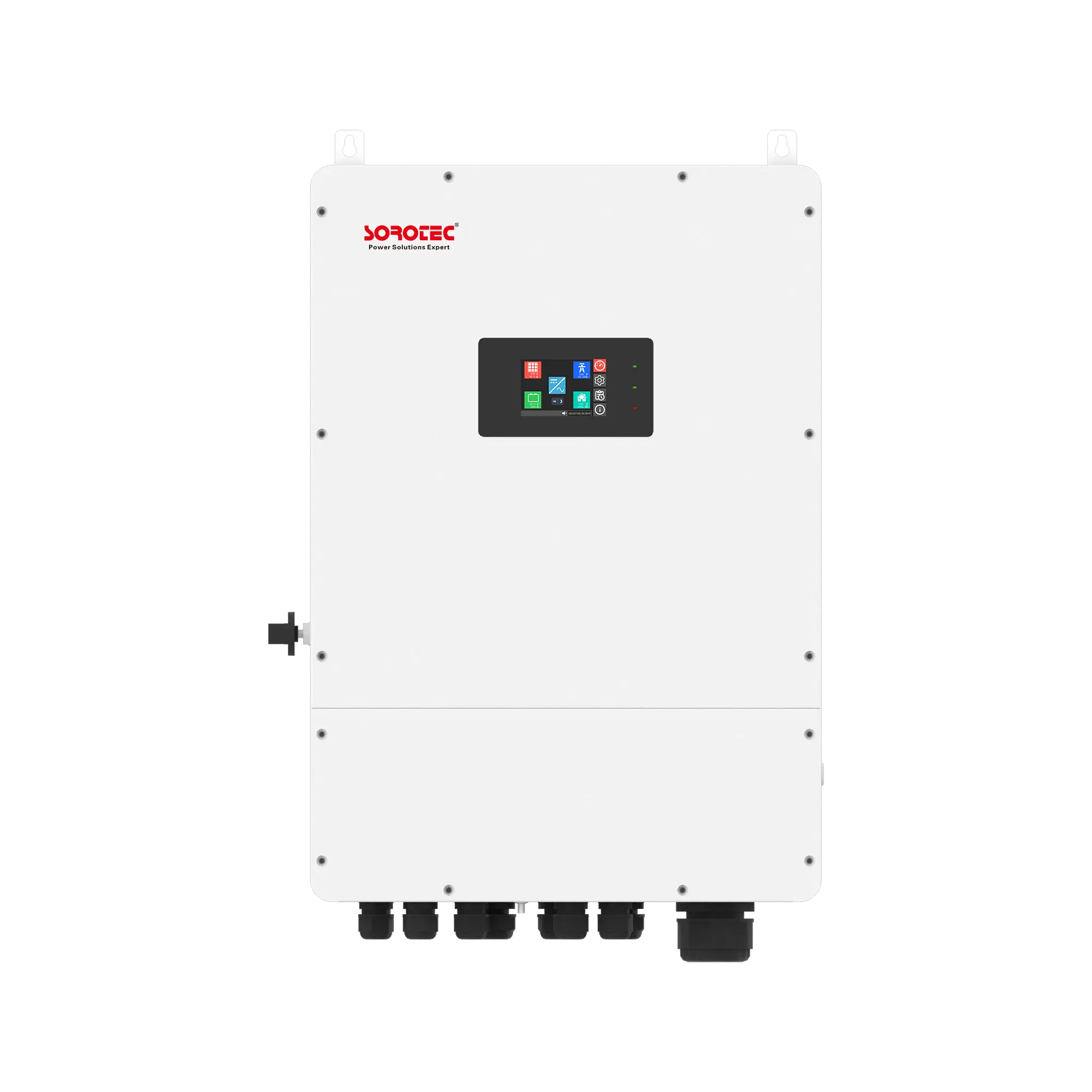
Why is Temperature Control Vital for Tubular Batteries
Heat is a battery killer, speeding up reactions that age them fast. Cold isn’t great either, slowing charges. Keep things moderate, and your tubular setup thrives.
Wide Temperature Range Compatibility
SOROTEC’s SL 24V/48V-T/W batteries handle -20°C to 60°C without fuss. Ideal for varied climates. A project in Australia’s outback proved this – ran flawlessly through 40°C days.
Avoiding Extreme Heat
Steer clear of direct sun or hot spots to hold voltage steady in REVO VM III-T systems. Shade or fans help. We had a client in India move their bank indoors; lifespan jumped by two years.
Proper Ventilation
Let air flow around SOROTEC’s setups to ditch built-up heat. Block vents, and troubles brew. Simple grills did the trick for a telecom base we equipped in Africa.
How Can You Prevent Common Tubular Battery Issues
Batteries face all sorts of threats – discharges, dirt, wrong hookups. Nip them early, and you’re golden. SOROTEC builds in safeguards, but your habits seal the deal.
Protection Against Overdischarge
SOROTEC’s MPPT SCC cuts off at low volts to shield tubular batteries. Set cutoffs right; we recommend 10.5V for 12V units. Saved a remote site in South America from total drain during a long outage.
Dust and Debris Management
Wipe terminals clean on REVO HM inverters quarterly. Dust builds resistance, dropping voltage. A dusty factory in China cleaned up their act – power output rose 10%.
Reverse Connection Prevention
Our MPGS systems block reverse hooks to spare damage. Double-check wires; one mix-up can fry things. Heard stories of sparks flying – not pretty.
And hey, if you’re like me and sometimes rush wiring, slow down. Worth it.
What Maintenance Support Does SOROTEC Offer for Tubular Batteries
We’re not just sellers; we’re partners. SOROTEC backs our products with real help, from warranties to hands-on aid. It’s part of why we’ve shipped to over 100 countries.
Comprehensive Warranty
Get 5 years on REVO HES systems, covering tubular battery fixes. Peace of mind standard. A European distributor leaned on this for a batch issue – resolved fast, no downtime.
24/7 Technical Support
Call, email, or remote troubleshoot with our team anytime. Quick fixes for voltage woes or whatever. One night shift in the US got help at 3 AM – kept operations rolling.
Regular Return Visits
Our after-sales crew checks in periodically for system health. Catches small stuff before it grows. In Asia, these visits extended a client’s battery life by spotting wear early.
Wrapping up, tubular battery care boils down to habits. Stick to these, and your SOROTEC setup will deliver for years. We’ve seen it in countless installs – from homes to factories. Questions? Drop us a line.
FAQs
Q1: How often should I check the voltage on my tubular inverter battery? Aim for monthly checks with a multimeter, or use WiFi monitoring on SOROTEC models for daily insights. More if you’re in extreme weather.
Q2: What happens if I use tap water instead of distilled in my tubular battery? Minerals build up, cutting efficiency and lifespan. Stick to distilled to keep things clean and voltage stable.
Q3: Can SOROTEC’s tubular batteries work without regular maintenance? They can, but expect shorter life – maybe 3 years instead of 5-8. Basic care makes all the difference.


